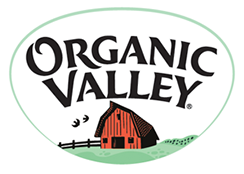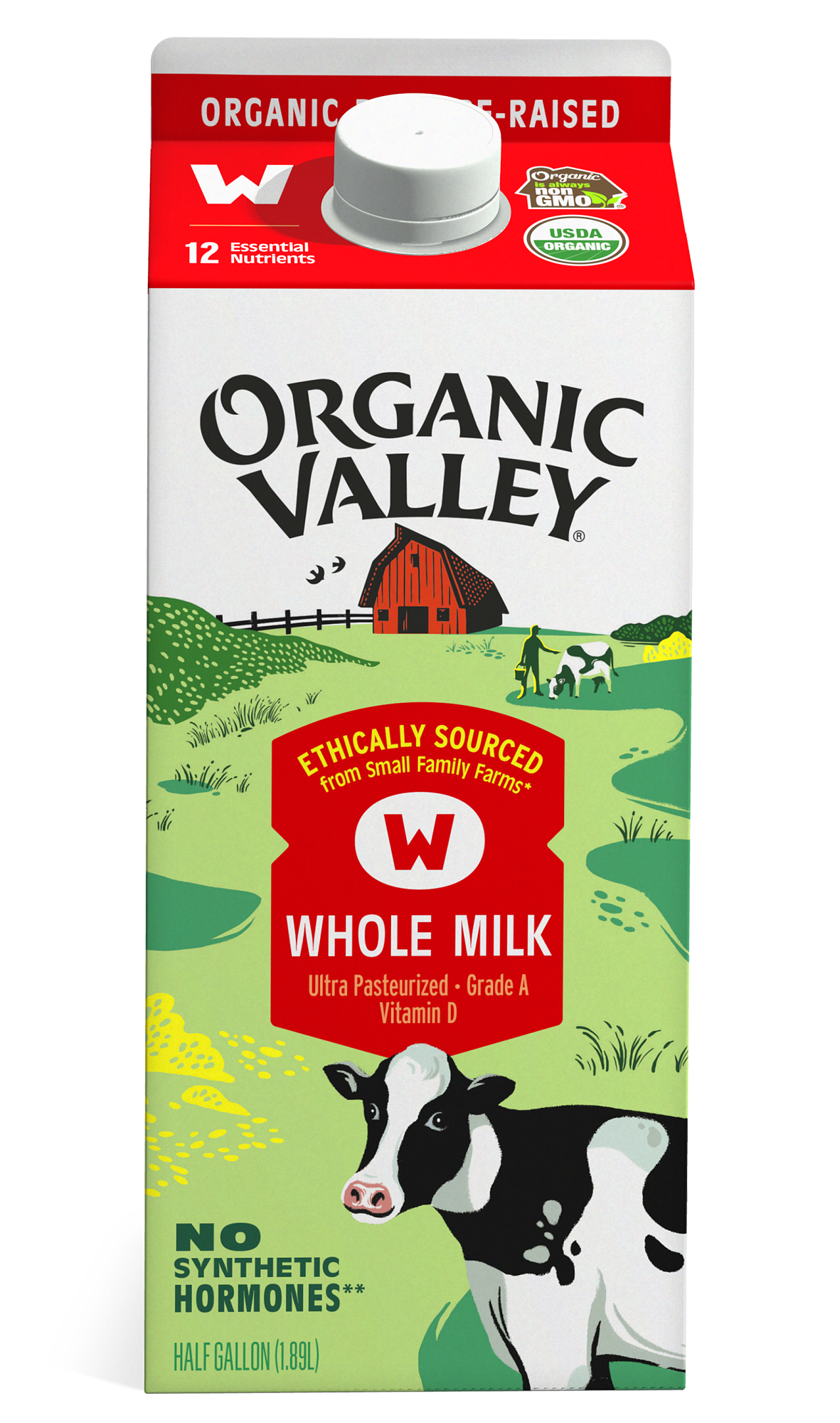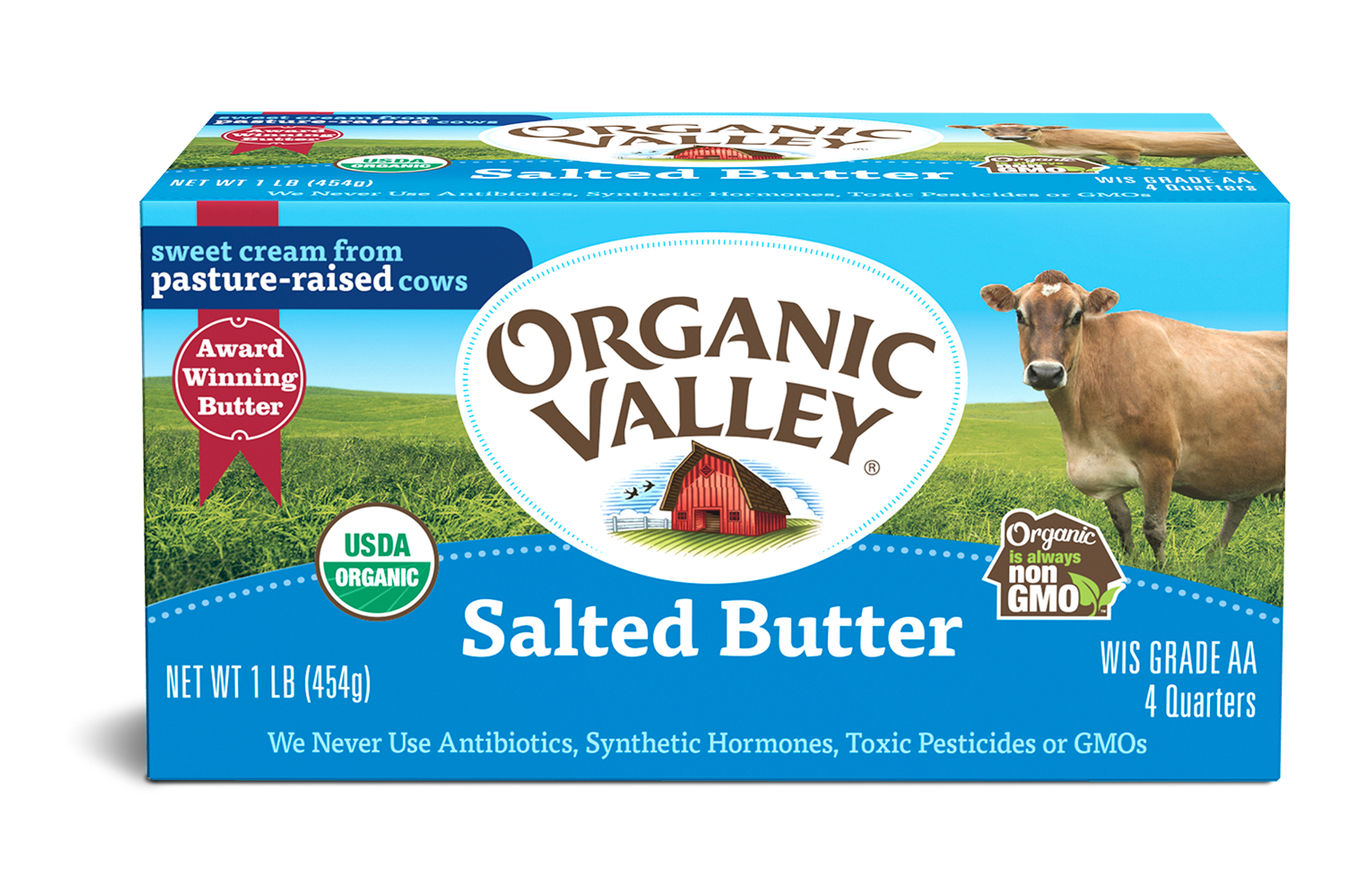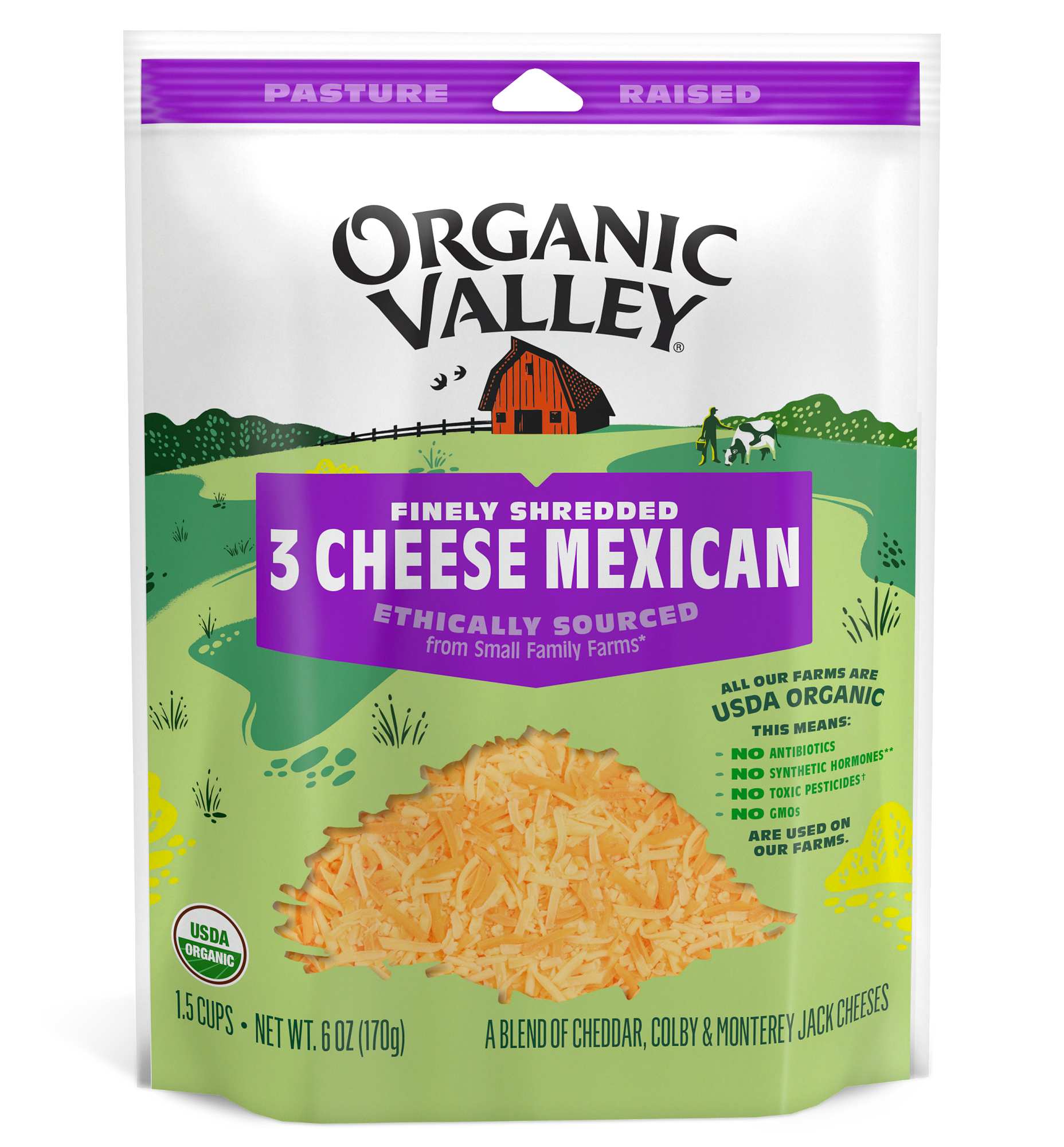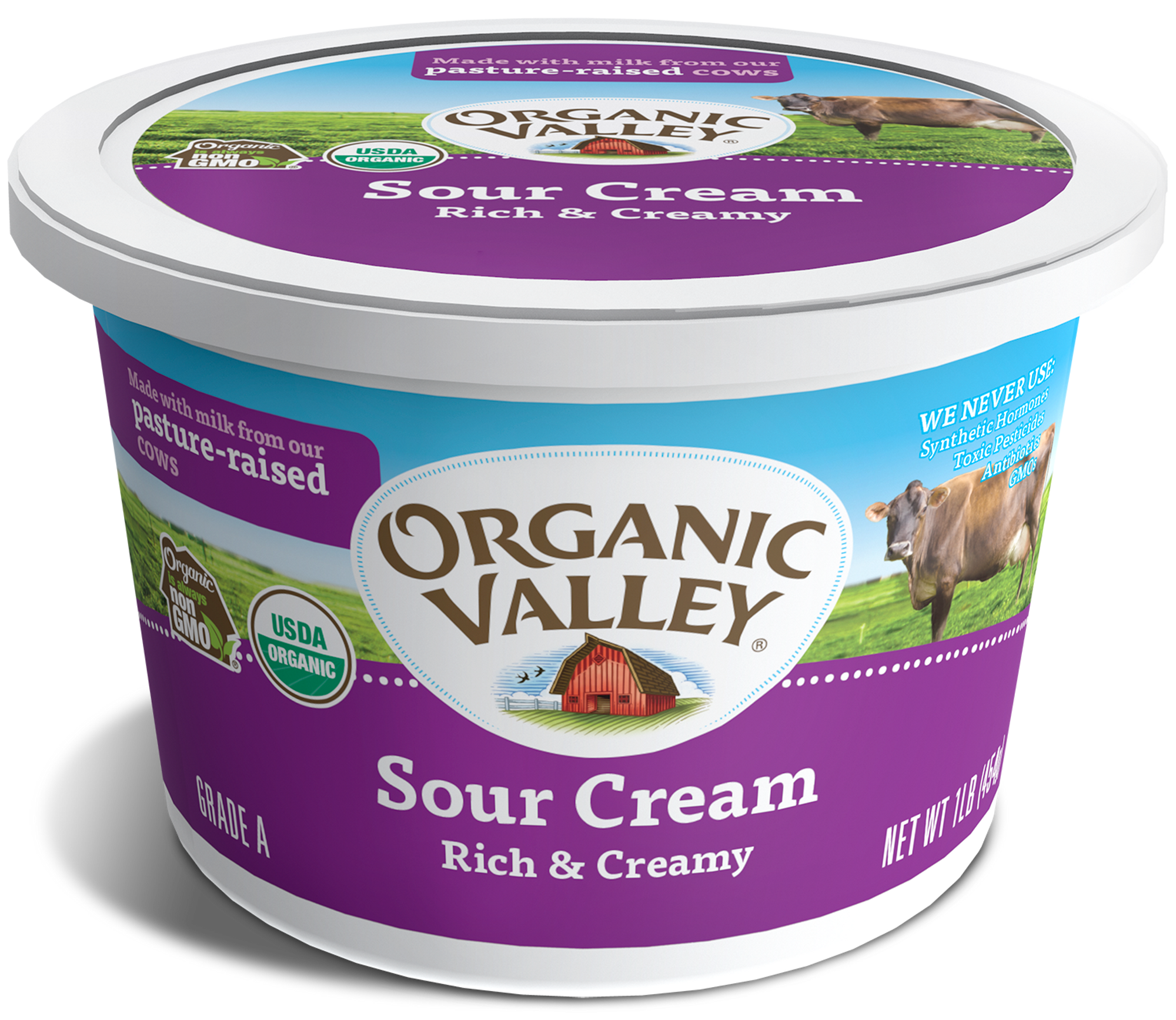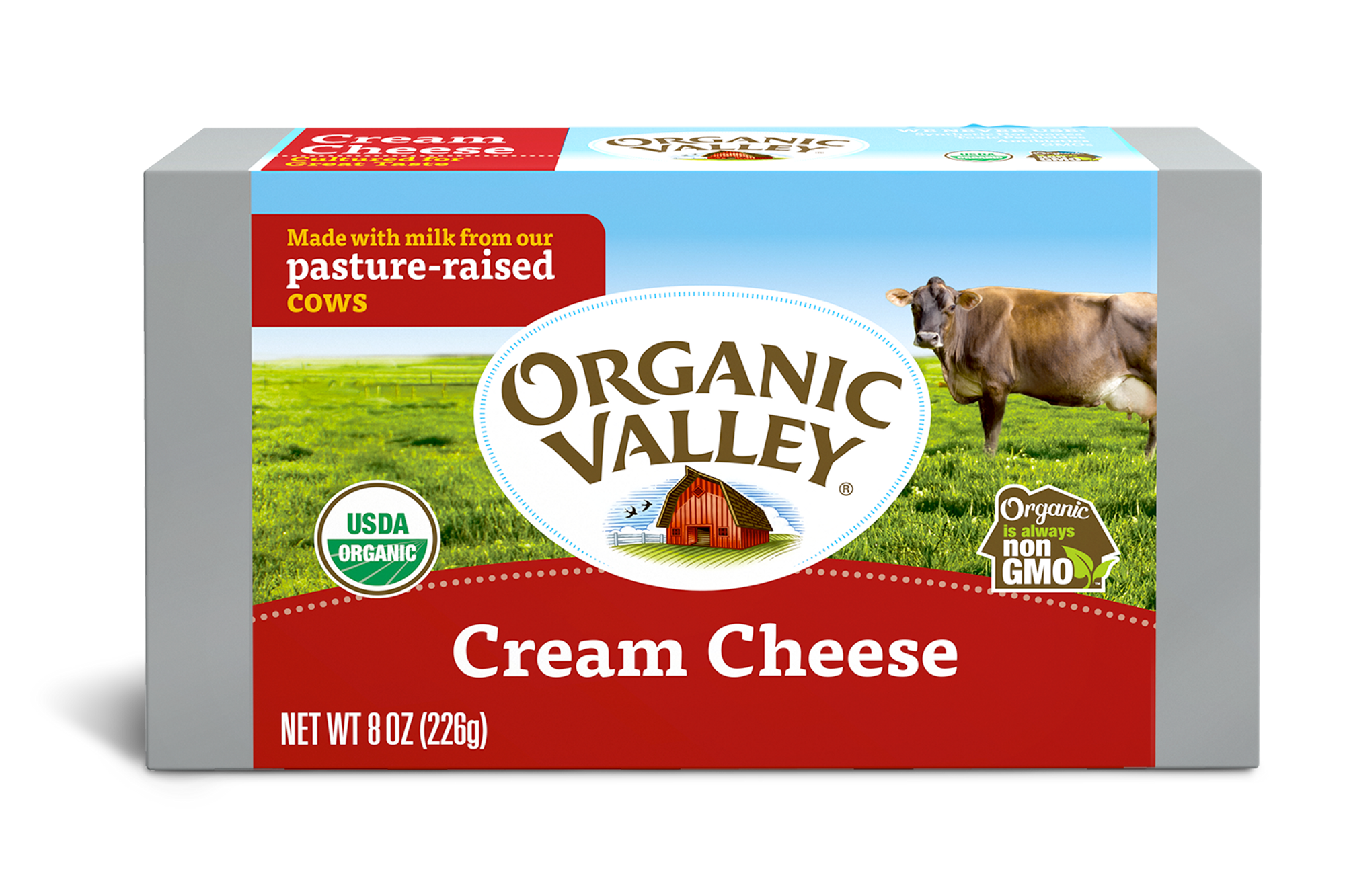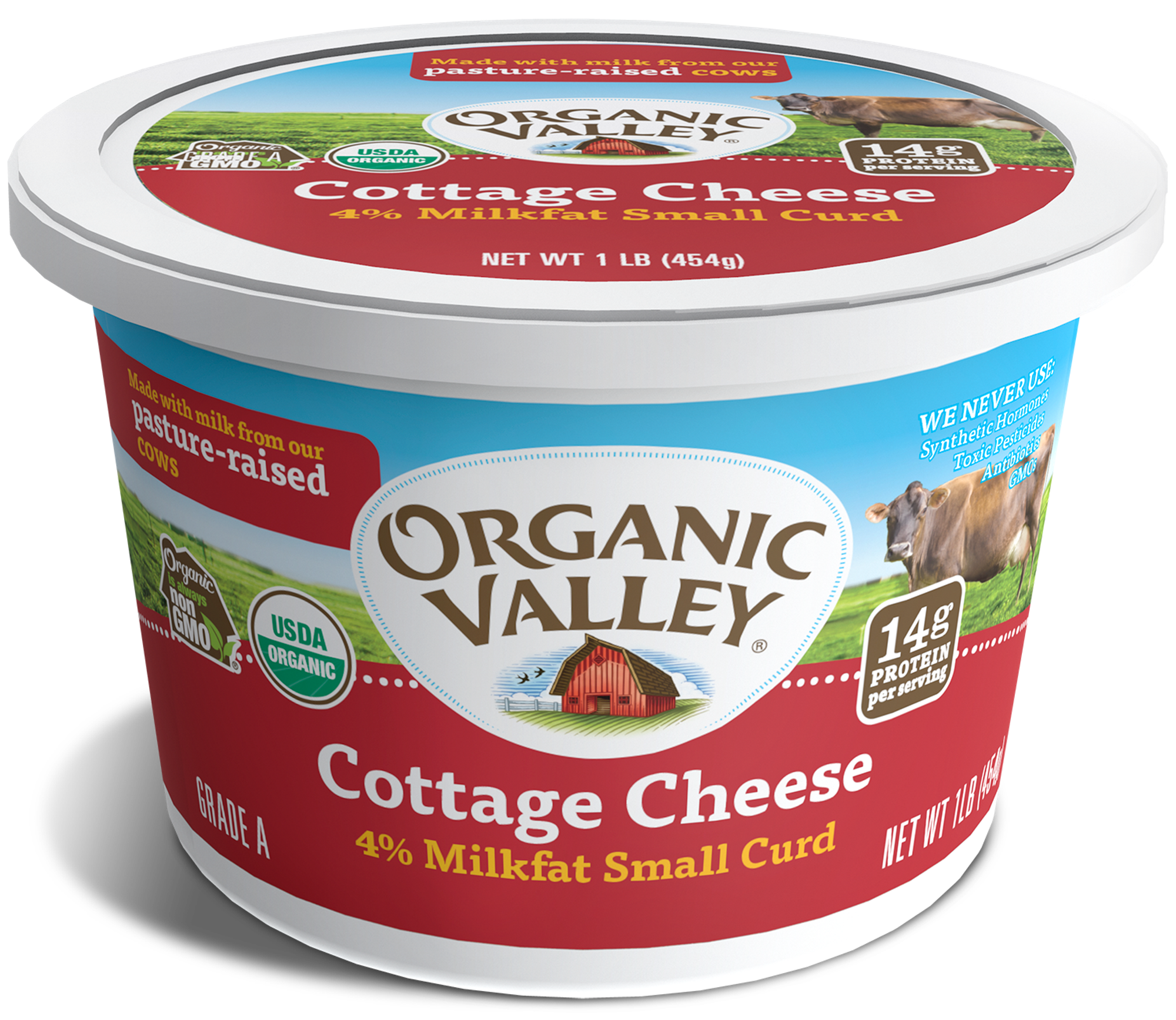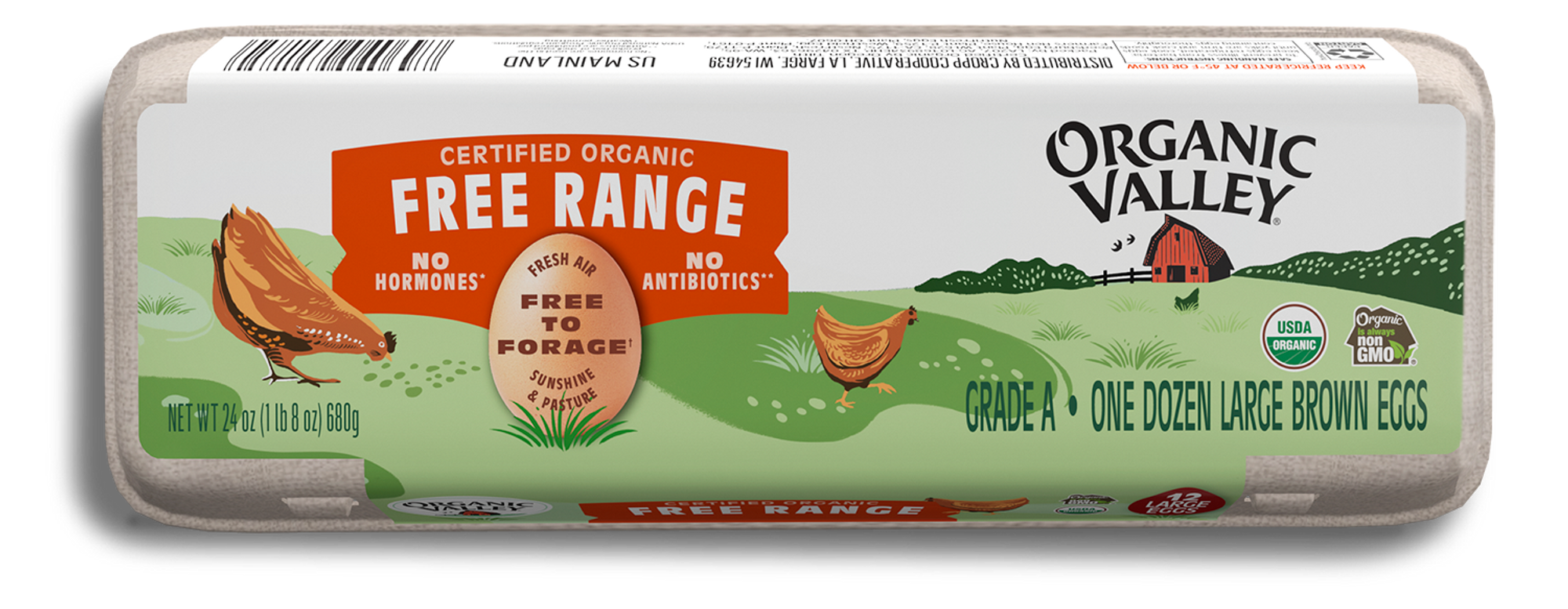
Food
The Renegade Lunch Lady's Fresh Take on School Lunch

Chef Ann Cooper is an internationally recognized author, chef, educator, and advocate for healthy food for all children, and we’re excited to speak with her today on Rootstock Radio.
Ann has spent over 17 years working in school food and currently serves as Director of Nutrition Services for the Boulder Valley School District in Colorado. Ann is also the founder of the Chef Ann Foundation, a nonprofit organization dedicated to helping schools provide every child access to fresh, healthy food.
Approximately two-thirds of kids eat lunch at school, and as Chef Ann Cooper puts it, “Hungry kids can’t think and malnourished kids can’t learn—that’s just the reality.” All too often, schools serve over-processed lunches that don’t support children’s physical and mental development. Ann is trying to change that. “We see that over time with education and school gardens and tastings and marketing, you really can make a huge difference in children’s lives,” she says, explaining that this transformation doesn’t happen overnight, but rather as a program matures it becomes sustainable and systemic within a school district.

The trick to getting kids interested in fruits and veggies? Ann says that positive peer pressure, giving kids choice (salad bars are excellent for this!) tastings, and education have worked wonders in her experience. And the benefits of serving more fruits and vegetables aren’t just for the kids. “If we can get more schools working in the farm to school arena, if we can get more school districts buying from local farmers, supporting local agriculture, we can make all kinds of change in the world,” says Ann.
Listen at the link below or on iTunes or Stitcher to learn more.
Welcome to Rootstock Radio. Join us as host Theresa Marquez talks to leaders from the Good Food movement about food, farming, and our global future. Rootstock Radio—propagating a healthy planet. Now, here’s host Theresa Marquez.
THERESA MARQUEZ: Hello, and welcome to Rootstock Radio. I’m Theresa Marquez, and it is so, so an honor for me to be with a longtime friend, chef Ann Cooper. Some of us even know her as the renegade Lunch Lady. But Ann is an internationally recognized author, chef, educator, enduring advocate for healthy food for all children. She currently is the director of nutrition services for the Boulder Valley School District, where she has transformed the district school lunch program. And she is the founder of the Chef Ann Foundation, a nonprofit organization dedicated to helping schools take action so that every child has daily access to fresh, healthy food. Ann, so great to be talking to you.
ANN COOPER: Oh, I’m so happy to be here, Theresa.
TM: Ann, whenever I have gotten together with you and we started talking about school lunch, I learn so much. When I was visiting you last time, you were in the process of taking chocolate milk and strawberry milk out of the Boulder school district. That was quite a few years ago, but how did that go?
AC: You know, it was really an amazing non-event. It was my second year here—I’ve been here eight years now. So when you’re seven, when the kids came back to school, there was no chocolate milk, no strawberry milk, no orange milk—because we have the Broncos here so we also used to have orange milk. It was all gone. And kids asked a little bit, and then it kind of died down, and that’s it! A lot of school districts think that what happens is they’re going lose participation, and kids aren’t going to drink, or they’re not going to drink milk. But you know what? Kids can drink water, and kids like water. And I’m not saying kids shouldn’t drink milk, but what they shouldn’t drink is sugar.
TM: What a great point. I know I dove right into this, but I do want to back up a little bit and let our listeners know: Chef Ann Cooper actually is a graduate of the Culinary Institute of America and has been a chef for more than forty years, and seventeen of those in school food programs. Have there been other changes in your seventeen years of being a renegade lunch lady that maybe weren’t as easy as just getting sugar milk out of the school?
AC: Well, we’ve had tremendous change. My history with school food, which is over seventeen years at this point, is I started in a private school, the raw school in New York, and that was a really well-funded private school. But from there, Alice Waters brought me to Berkeley, and I was there for five years. And after Berkeley I moved to Boulder—I’ve been here for eight years. And both in Berkeley, when I got there, and in Boulder, when I got here, the food was very typical of old school food. It was highly processed chicken nuggets, tater tots, Extremo Burritos, pizza pockets, things served to kids in plastic bags and plastic cups. And it was just highly processed, full of high fructose corn syrup, and added trans fats—and it was just junk food. So in both Berkeley and Boulder, segueing from this highly processed, high fat, high salt, high sugar food to all of the meals healthy and delicious and cooked from scratch, and 25 percent of our food is local. And our beef and chicken are hormone and antibiotic free, and our milk is organic, and—you know, tremendous change. But it can happen, and it can happen anywhere.
TM: You know, Berkeley of course and Boulder [are] pretty forward-thinking school districts, and yet they probably also had elements of resistance, I’m assuming.
AC: Yeah, absolutely. I mean we have, for an urban school district, a pretty low free and reduced, or poverty, very low percentage of kids living in poverty—only 20 percent. Which is still, of course, too many in America, but that’s what we have, and a lot of urban areas are much greater than that.
So within the Boulder Bubble—the eighteen square miles of Boulder proper—versus the 550 square miles of the school district, there’s a real difference between what some people think their kids should be eating and what others think their kids should be eating. So there was certainly pushback, but I’m really proud to say that since I’ve been here, participation has gone up 29 percent. So we see that over time, with education and school gardens and tastings and marketing, that you really can make a huge difference in children’s lives and how they eat. And then they take that home, so you can actually help change for the better what parents feed their kids at home and what kids eat at home.
TM: Ann, are there other things that you have seen? How do you measure how much you’re impacting the homes of those kids?
AC: Yes! So in Berkeley we did an evaluation—we also did a small evaluation in New York. But some of the things that happened in the evaluation, one thing was what that 85 percent of the parents or kids in the evaluation we did in California said they changed the way they ate, cook, or shopped at home because of the kind of food they ate in schools. And additionally, in Berkeley, the evaluation said that our kids ate more fresh fruits and vegetables than students that brought their food from home, and our kids ate less sugar at home because we didn’t serve it in school.
TM: And these are elementary school kids?
AC: K-12.
TM: K through 12. And certainly I think that those of us who are parents, and those of us who have worked with children, know that getting kids early on to have good habits is probably very advantageous for a healthier life as you grow up. How about the high school kids? You’re pretty set in your food loves and wishes at that age. Have you found it difficult to work with high school age kids in helping them change the way that they are approaching lunch and food?
AC: Well, you know, the thing about high school kids is, yes, it’s really hard to walk into a high school one day and change all the food. But we’ve been here eight years now, and so our kids that are in high school, if you’re in ninth grade, you were in first grade when I came here, so you’ve had eight years of this healthy food—you haven’t known anything different. So for those kids, they’re not always going to make the best choices, but they have a history now of healthy food, of salad bars, of food cooked from scratch. That doesn’t mean they’re not going to go to fast food and grab fast food, but it does mean that they have a basis in what good food is. So it’s not necessarily easy to change them if you just walk into a ninth grade school where all the kids have, for nine years, been eating junk food. But as a program matures, as you’re feeding kids year after year after year, it becomes sustainable and systemic within the school district.
TM: Well, you know, you hear so often, “Oh, my kids don’t like vegetables.” And yet you’re serving kids vegetables all the time. What does it take to help kids get friendly with vegetables and fruits?
AC: First of all, one of the things about kids and eating at home is that it’s power, especially for the younger kids—maybe all age kids. I mean, what’s the first word that most babies learn to say besides “Mama” and “Dada”? It’s “no.” And what are they shaking their heads “no” at? It’s whatever you’re trying to put in their mouth. I mean, they learn—we teach them early on that that’s a place they have power as babies. You keep your mouth shut and you twist your head around and say, “No, no, no!” So, they take that and they use that as they grow up.
So positive peer pressure in school around salad bars—especially salad bars, where the kids have choice. But with tastings and education, you can really make a difference. And so I have parents tell me all the time, “Wow! I can’t believe I just saw my kid go to the salad bar! He’s never eaten salad before!” And we say, “Well, he eats salad here every day.” And, “Well he’s never eaten it at home!” And so I think that it really does make a difference when you get kids outside of their house, when they have positive peer pressure, when they choice, and when they have an educational component.
(9:45)
TM: You know Ann, you have been acknowledged and recognized as certainly one of the top 50 food activists by the Academy of Culinary Nutrition, and you also have founded a nonprofit called the Chef Ann Foundation. Can you tell us about your nonprofit and what kinds of things, activities does it do?
AC: Well, the Chef Ann Foundation, it’s my baby. I don’t know why I thought I could actually start a foundation, or what gave me the idea that I could do that. I had 20 cents, I had two dimes that I was mashing together, thinking, “Oh, you need a foundation.” But here we are, it’s eight years later for the foundation, and we started with virtually no money at all and it was an act of love. And now this year we’re going to be a $4 million foundation—which I’m very proud of. We work on school food issues. So we help schools all across the country, nationwide, segue from highly processed to scratch-cooked foods. Right now we’re in 7,000 schools touching 2.9 million children—very excited about that!
TM: Wow! That’s fantastic.
AC: We worked collaboratively with Michelle Obama’s “Let’s Move!” campaign, and with that we started “Let’s Move Salad Bars to Schools.” We raised $13 million and right now we have 5,000 salad bars in schools across the country—
TM: Wow!
AC: And we are donating about 500 salad bars a year. Yeah, I mean, we’re doing this amazing stuff. One of our great things for school all across the country is The Lunch Box, which is an online web portal that has all the information that school districts need to help them segue from highly processed to scratch-cooked. So we have granting programs, technical assistance, we do assessments, and then we have the online portal as well. So we touch school districts in a lot of ways.
TM: I’m so, so thrilled to hear that. And what is the web portal? Can you make sure that our listeners know it?
AC: Yes, it is www.thelunchbox.org. And the foundation is www.chefannfoundation.org. And if you can’t remember any of that, just Google “Chef Ann” and it will all come up.
TM: Yes, it will, because I did that earlier. And also Chef Ann has two wonderful TED talks that are just very, very lively, and it was just so fun to hear to you so passionately talk about all the things that we care about with regards to lunch, including how much money is spent on advertising the kids for the wrong foods. Also you have a grant program, it seems, “Let’s Move Salad Bars to Schools”?
AC: Yes, so “Let’s Move Salad Bars to Schools” is a granting programing where we grant schools all across the country—we’re in every state in the nation—salad bars. And that’s one of our granting programs. We also have another one called “Project Produce.” And with “Project Produce” we take the salad bar concept one step further, because kids can eat off the salad bars and still make some bad choices. So with “Project Produce” we grant schools $2,500 per school to do fruit and veggie education with their students, so to teach them what good choices are, to enhance their pallet on what fresh foods and vegetables taste like. So that’s been a great program. We have a really big granting program called “School Food Support Initiative,” and this granting program is worth about $190,000 per school district. And we go in and do full assessments, strategic planning, and then the districts are eligible for $50,000 in equipment or technical assistance grants. So we work at a lot of levels with school districts.
TM: Now, not all the kids have lunch at school every day. Don’t a bunch bring their lunch with them? And is it just, do you have to qualify for lunch by being a certain income? How does that work?
AC: So first of all, there about 31 million kids a day, 5.4 billion kids a year, that eat school lunch. And not all of those are free and reduced kids, so some of those kids’ parents make a lot of money, or make more money than it would take to qualify. To qualify you have, a family of four, you have to make less than about $43,000. It’s 180 percent or more of the poverty level, and that changes with cost of living every year. So whether you qualify for free lunch or reduced lunch or are denied, you still can purchase school lunch. But no, not every kid; approximately two-thirds of kids eat lunch at school.
TM: Right, so that’s a lot of lunches, 5.4 billion lunches a year being eaten in schools. That’s a lot of lunches!
AC: It’s a lot of lunches.
TM: So I noticed that you actually wrote a letter to President Trump and you were very concerned about the new Child Nutrition Reauthorization. How is it that government policy impacts school lunch?
AC: Wow, that could be a full-credit course, which I’m going to come back to the full-credit course.
So what happens with school food is, school food is funded under the USDA—United States Department of Agriculture—and there’s a certain amount of money this year—it was $3.22—that the government allocates for every free child’s lunch, and it’s $.40 less for a reduced child lunch. And that money goes to the individual school districts, and then the school districts use that money, plus money they get from selling meals, to serve the food. So that’s great, you know, we get money to do it. But there’s a tremendous amount of regulation around it. In fact, school food is one of the most regulated food businesses in the world, and we have some real strong regulations that we have to deal with.
And under the Obama Administration we had something called the Healthy, Hunger-Free Kids Act. And the Child Nutrition Reauthorization happens once every five years, and the last one was named Healthy, Hunger-Free Kids Act. Well, that was up a year and a half ago. So right now we are under regulations that have not been reauthorized. And now we have a new administration that says it’s not going take up Child Reauthorization, so we’re not exactly sure what’s going to happen. But I think that we’re kind of okay for now.
But under the Obama Administration, the regulation that came into being really strengthened people who believe in healthy school food. It really strengthened our ability to serve the best possible food to kids. And so today’s school food regulations are really actually pretty good. Could they be better? Yes. Could they be more stringent? Of course. But where we are today, knowing that we have to serve fruits or vegetables with every meal, that we have to serve better food, that we have a limit on calories and we have a limit on sodium, and it’s really getting better; that all the grains have to be whole-grain-rich. So I’m hopeful that the current administration aren’t going to roll back the guidelines, but today’s guidelines are pretty darn good.
(17:59)
TM: If you’re just joining us, you’re listening to Rootstock Radio, and I’m Theresa Marquez. And I’m here today with Chef Ann Cooper, and we are discussing the importance of healthy food in schools.
Ann, that was very interesting talking about how government does have an important role to play in these healthy lunches. You’ve also been very, very fantastic educating people about why a good lunch is important for a child. And I wondered if you might talk about that too. Obviously we don’t want our kids hungry, but what is the link between really having good education and a healthy lunch?
AC: You know, hungry kids can’t think and malnourished kids can’t learn, and that’s just the reality. If we want our kids to be the best they can be, whether it be academically, socially, emotionally, athletically, they really need good food. And that’s one of the reasons it’s so important. But at an even deeper level, the CDC—the Centers for Disease Control—has said of the children born in the year 2000, one out of every three Caucasians and one out of every two African Americans and Hispanics are going to have diabetes in their lifetime. And additionally, of those same kids, born in the year 2000, they’re the first in our country’s history to possibly die at a younger age than their parents because of what we feed them. This is a national crisis.
TM: Boy, those statistics are chilling me. And so, really focusing on better school lunches and giving children and their families lots of reasons to eat better—I mean, diabetes, this is Type 2, isn’t it? It’s not the diabetes that you’re born with?
AC: Correct, this is Type 2 diabetes that we’re talking about.
TM: So when we talk about Type 2 diabetes and obesity, that’s something that your diet can change.
AC: It certainly can help, yes. So if we feed kids healthy food, if we feed them food that is not high fat, not high sugar, not high salt, that has a basis in plant-based foods with fresh fruits and vegetables, kids can really control their bodies, and we won’t have diabetes and we won’t have such serious illnesses. I mean, Theresa, a new fact that I learned recently is the leading cause of disease-related death of children under 19 is cancer. And most cancer is diet and environment related. I mean, this is crazy what’s happening.
TM: Wow, that is chilling, isn’t it? But this idea of being able to eat healthier food just begs the question. It’s probably incredibly wonderful that you can have good lunches, in those schools that you can have them. But isn’t there another component that’s missing here, or maybe it isn’t, and that is, don’t they need to have better education that goes along with the school lunch on why they should be eating? Do we have, do you think, a good enough, robust education of classes that help people understand about eating better?
AC: Absolutely. It’s not good enough to just put good food on the table or on the plate. It’s really important to have an educational component. I can be the best chef in America and put the best food on the plate, but if the kids don’t eat it, it’s compost, at best. So we really need to have an educational component. In Boulder Valley School District we do 200 events a year in the cafeteria, things like Rainbow Days, where we teach the kids to eat the rainbow in our salad bars. We have taste tests; we do Iron Chef competitions, chef demos; we have farmers come in with harvests of the month, to have the kids taste it. We send kids on field trips to farms. We have gardens in most of our schools. So all of these things combined help us really educate kids’ palates and minds around good, healthy, sustainable food.
TM: Well, you know, when I went to visit you in Berkeley when you were there years ago, I had so much fun being in the garden. So I wondered if you could talk a little bit about that. What do you think about how the garden can help teach kids, and how it interacts with the food lunch?
AC: I think gardens are really great. We spoke briefly about picky eaters and kids who say they don’t like vegetables. When kids cook food or grow food they have ownership over it, they want it, it’s theirs. They’re much more willing to try things and eat things if they have some ownership. So gardens and cooking classes, all kinds of hands-on experiential learning around foods are super important to get kids to grow their palate and to grow their minds around food.
(23:17)
TM: But are we still looking—has the commodity food lunch changed much?
AC: I think so. So when we talk about commodity foods, I want to backtrack and explain to our listeners what they are. So under the USDA, under the Farm Bill—this is not Child Nutrition Reauthorization, but under the Farm Bill—every school district in America gets 20 some odd cents, I think it might be 29 cents now, or 25 cents, per lunch from the number of lunches served the year before, towards what’s considered commodity foods. And the Commodity Foods Program is meant to help support farmers by buying up excess product in the marketplace to help prop up pricing. And this is often dairy, meat, poultry, things like that. Sometimes it’s beans and tomatoes. And so in Boulder Valley we get about half a million dollars a year worth of these products, and then you choose which ones you want.
Now you can get what’s considered [unclear—sounds like “bron barks”?] which is totally not processed. Like I could get raw beef, or raw chicken, or cheese—things like that. But many, many school districts send those products—instead of getting them raw, because they don’t cook—they send them out to be processed into something else. So for instance, you could “buy” chicken, raw chicken, and have it sent to Tyson to be made into chicken nuggets, although . . . It’s a very complicated system. The chicken doesn’t necessarily have to exist—it’s sort of chicken on paper, it’s the thought of the chicken. But because there’s this movement to buy it, it helps prop up prices because the marketplace knows that there is an outlet for their product.
So when we talk about that, not all commodities are bad, but when we take our commodity dollars and process them into highly processed, high fat, high salt, high sugar foods—like chicken nuggets or frozen waffles on a stick, something like that—that’s when we really get bad food. But again, I think in the last eight years the USDA has worked really hard to get better food into the pipeline.
TM: That’s certainly wonderful to hear. Ann, you know you’ve been doing this now, like you said, more than seventeen years, eighteen, twenty years. What would you say is your biggest challenge that you’re facing now in the work that you do?
AC: I think, for the work I do and for the work everyone in this school advocacy stage, it’s really not having enough funding. The school, we get $3.22 to feed a kid lunch, and that might not seem too little to a lot of people, but of that we have to pay for payroll and overhead and benefits, and the trucks to move the food, and the pans to serve the food in. And at the end of the day, we have about $1.25 to serve a kid lunch. And out of that $1.25 we have to serve protein, whole grain, fruit, vegetable, and milk—for $1.25. So think about that. I mean, for our listeners out there, imagine going to the grocery store with $5.00 and having to buy protein, whole grain, fruit, vegetable, and milk for yourself and three family members and make lunch with it, on $5.00. Can you do that? And that’s what school food people are being asked to do, day after day after day.
So I really do think that we need to think about funding school lunch in a better way and really support feeding kids healthy food. And from that also support our farmers, because if we can get more schools working in the farm-to-school arena, if we can get more school districts buying from local farmers, supporting local agriculture, we can make all kinds of change in the world.
TM: Well, it sounds to me like you’re making a lot of change, not just in the Boulder School District but in all those other schools across the whole United States that your foundation. We sure are lucky that we have, and so many children are lucky they have you out there doing that. What gives you the most hope for the school lunch program?
AC: It’s the kids. The thing that gives me the most hope is the kids. When you see kids running around, or running to get a taste of a starfruit, or tasting a kumquat and saying, “Oh my God, it’s so delicious!” and seeing kids segue from chicken nuggets to roast chicken. When I came to Boulder, I was told in Boulder the kids didn’t know the chicken had bones in it—how could I expect them to eat it? And now we serve it once a week. So the kids give me hope, kids eating off of salad bars, kids eating real food, kids choosing fruits and vegetables. That’s what gets me up every day to go do this work.
TM: Thank you so much, Ann. It’s been a real pleasure and honor to be speaking with you and all the great work that you’re doing.
AC: Well, thank you as well, and it’s been my pleasure to work with you for so many, so many years.
